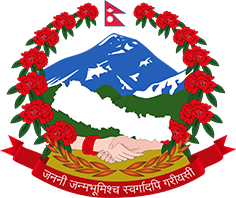The National Population and Housing Census (NPHC) is part of
an integrated national statistical system of Nepal. It provides the benchmark
for population count at national and sub-national levels at regular intervals
of ten years. For small geographic areas or sub-populations, it may represent
the only source of information for certain social, demographic and economic
characteristics.
In Nepal, the Central Bureau of Statistics (CBS), under the
National Planning Commission (NPC), Government of Nepal (GoN), is responsible
for planning, implementation and management of all census activities, including
collection, processing, editing, tabulation of data and final dissemination of results.
The first population census of Nepal dates back to 1911.
However, the first modern population census of Nepal was conducted in 1952/54
and counted a population of over 8 million. The last census was successfully
conducted in 2011 and counted a population of 26.5 million. This information
has been widely used for diverse purposes, but especially in development
planning and policy making.
The Constitution of Nepal Provisions under article 281
states: "the Government of Nepal shall make appraisal and review of the
implementation of special rights of the women and Dalit community and impacts
thereof, on the basis of human development index, concurrently with a national
population census to be held in every ten years." Similarly, according to
Article 84 (2), House of Representatives under the proportional electoral
system, representation shall be ensured on the basis of a closed list also from
women, Dalit, indigenous peoples, Khas Arya, Madhesi, Tharu, Muslims and backward
regions, on the basis of population. As per Article 286 (5), when determining
constituencies by the Constituency Delimitation Commission, constituencies
shall be determined in the states in accordance with the federal law, taking
population as the main basis and geography as the second basis for
representation.
